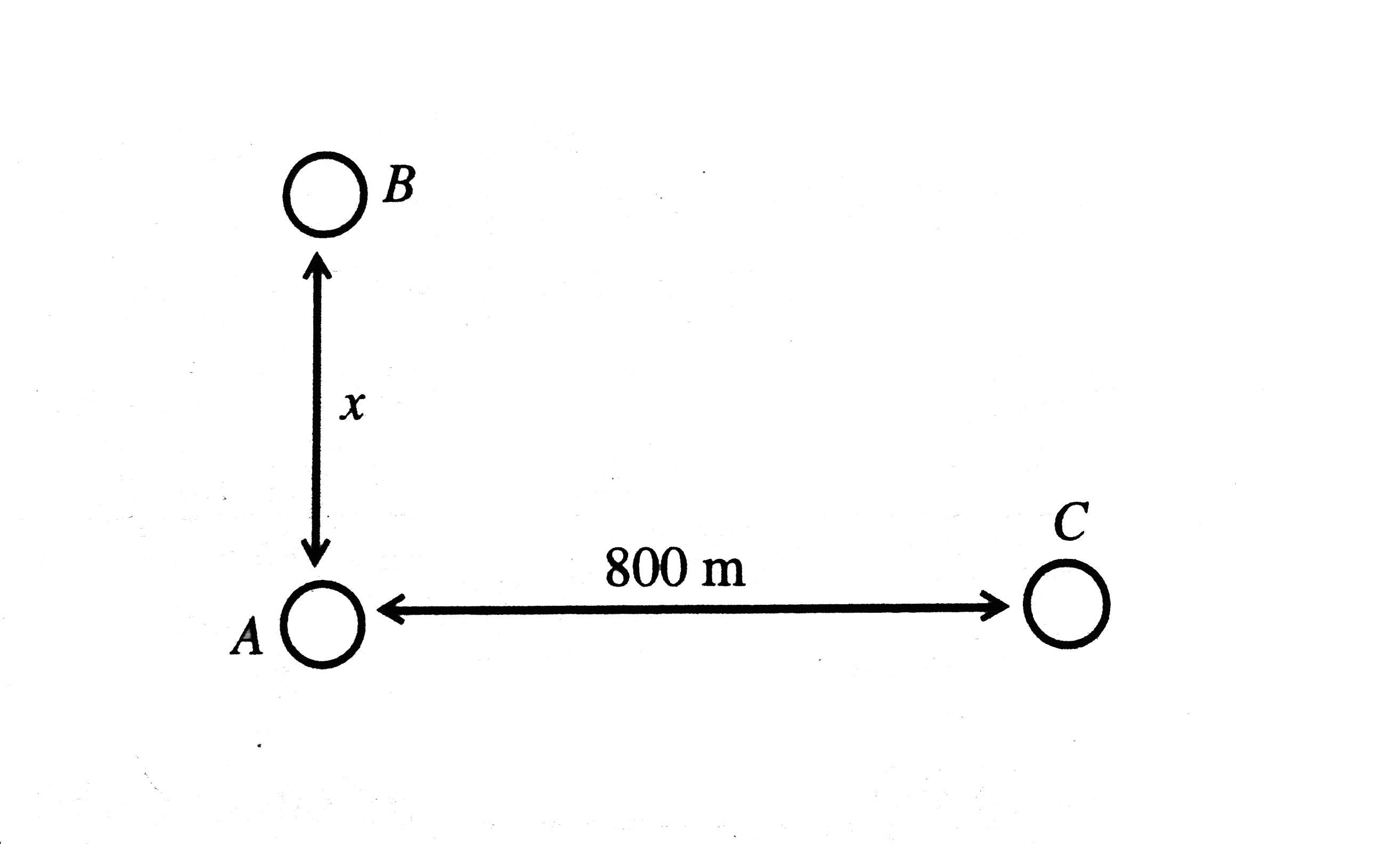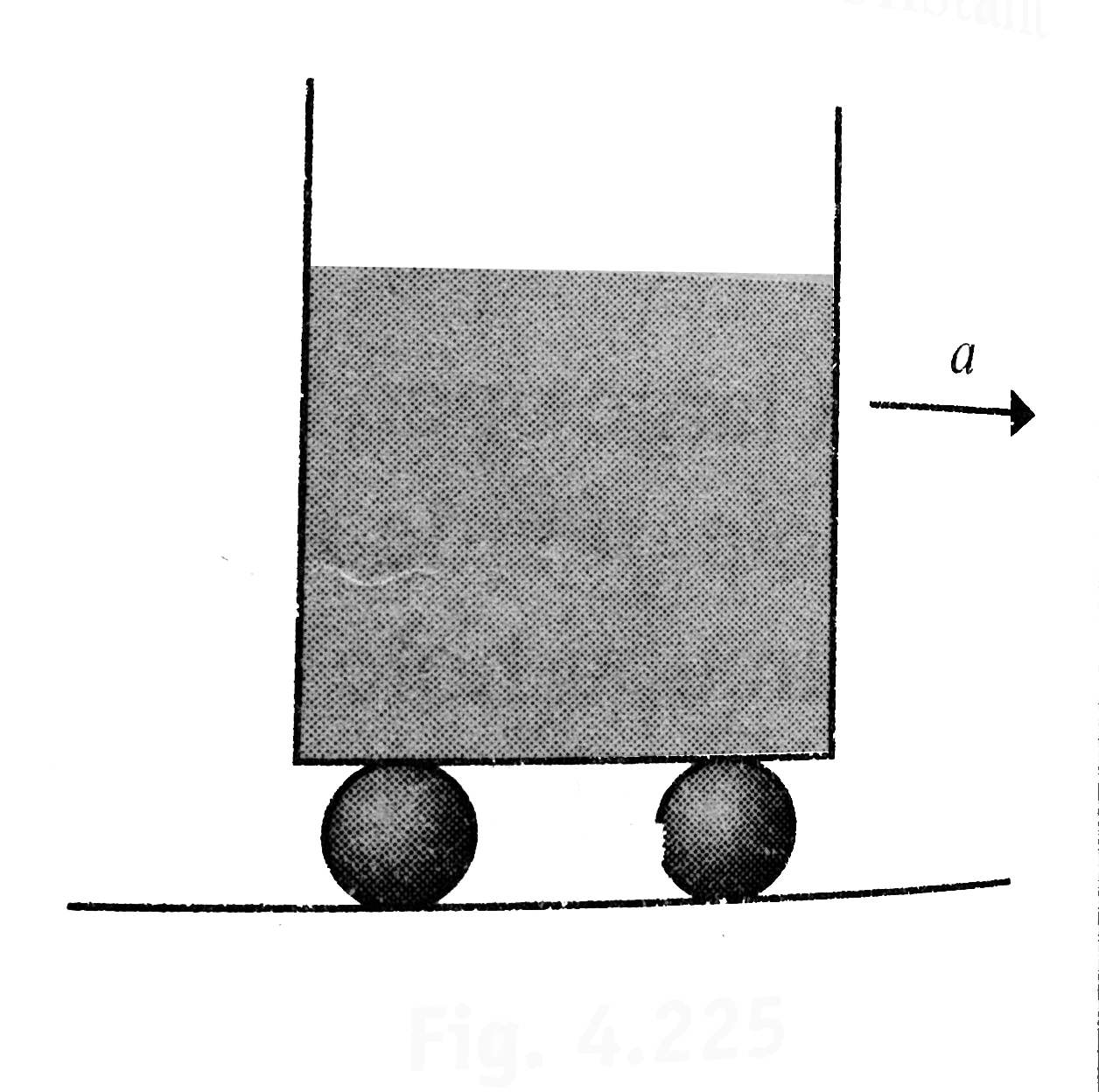Mark out the coreect statemnet (s).
For an exothermic reaction, if Q value is+12.56MeV and theKE of incident particcle is 2.44MeV, then the totla KE of products of reaction is 15.00MeV.
For an exothermic reaction, if Q value is +12.56MeV and the KE of incident particcle is 2.44MeV, then the totla KE of products of reaction is 12.56MeV.
For an endothermic reaction, if we give the energy equal |Q| value of reaction, then the reaction will be carried out.
For an exothermic reaction, the BE per nucleon of products should be greater than the BE per nucleon of reactants.
The correct Answer is:a,d
For an exothermic reaction
X+x→Y+y
If K1 is the kinetic energy of incident paricles x, then from energy conservation,
Ki(mx+Mx)c2=kY+Ky+(MY+my)C2
KY+Ky=ki+(mx+NX−MY−my)c2)
KY+Ky=Ki+Q
In any exothermic reaction, mass of the products is less than the mass of reactants, i.e., in products, the nucleon are more tightly bound and hence have greater BE per nucleon as compared to BE per nucleon or reactants. For endohtermic reaction to be carried out, minimum energy given to the reactant must be greater than |Q| value.
Topper's Solved these Questions
- NUCLEAR PHYSICSBOOK - CENGAGE PHYSICSCHAPTER - NUCLEAR PHYSICSEXERCISE - Linked Comprehension
29 Videos
- NUCLEAR PHYSICSBOOK - CENGAGE PHYSICSCHAPTER - NUCLEAR PHYSICSEXERCISE - Integer
6 Videos
- NUCLEAR PHYSICSBOOK - CENGAGE PHYSICSCHAPTER - NUCLEAR PHYSICSEXERCISE - Subjective
35 Videos
- Moving charges and magnetismBOOK - CENGAGE PHYSICSCHAPTER - Moving charges and magnetismEXERCISE - Question Bank
20 Videos
- NUCLEIBOOK - CENGAGE PHYSICSCHAPTER - NUCLEIEXERCISE - QUESTION BANK
59 Videos
Similar Questions
Knowledge Check
Mark out the incoreect statemnet.
AA free neutron can transfrom itself into photn.BA free neutron can transfrom itself into neutron.CIn beta minus decay, the electron originates from nucleus.DAll of the aboveMark out the correct statement(s).
ACopper metal cannot reduce iron (II) ions in acidic solutions.BSodium can be obtained by the electrolysis of aqueous solution of NaCl using Pt electrodes.CThe current carrying ions in an electrolytic cell are not necessarily discharged at the electrodes.DCations having more negative oxidation potential than -0.828 V are reduced in preference to water.Mark out the correct statement(s).
ATotal work done by internal forces on a system is always zeroBTotal work done by internal forces on a system may sometimes be zeroCTotal work done by friction can never be zeroDTotal work done by friction is always zero
Mark out the correct statement :
View SolutionA point source of light is taken away from the experimental setup of photoelectric effect. For this situation, mark out the correct statement (s).
View SolutionTwo speakers are placed as shown in Fig.7.98.
Mark out the correct statement(s)

View SolutionAn open vessel containing liquid is moving with constant acceleration a on a levelled horizontal surface. For this situation mark out the correct statement(s).

View SolutionMark out the correct statement(s) :
View Solution
